Day trading is a risky endeavor since it requires significant capital investment to start. Still, it can be pretty lucrative if you understand the markets, stick with your strategy, apply risk management techniques, and remain disciplined.
This comprehensive guide will help you understand all the dynamics of day trading to get started like a pro. However, before exploring some key trading strategies and tips for becoming a successful day trader, let’s go over the basics.
What is day trading?
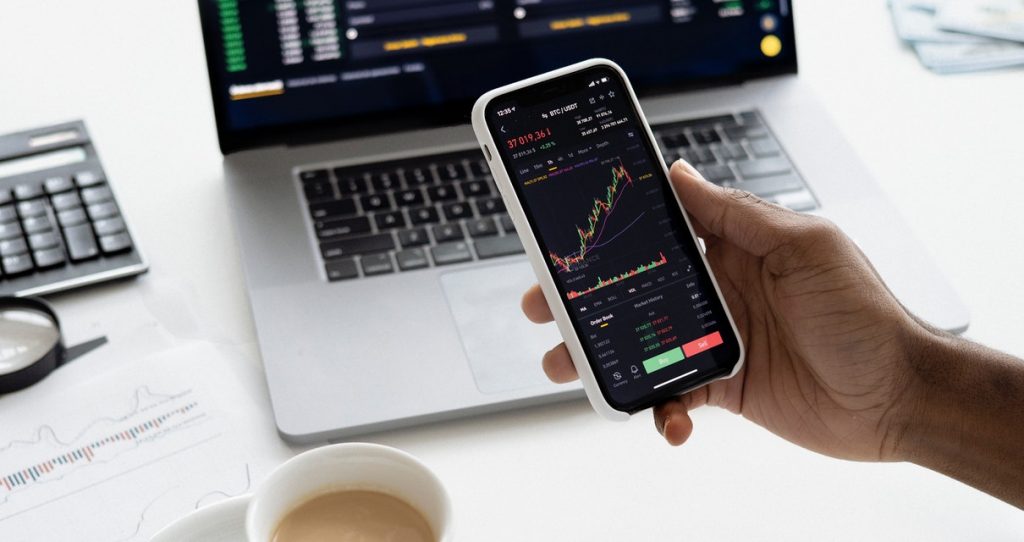
Day trading, or intraday trading, is a trading strategy that involves buying and selling securities within a single trading day. Instead of holding positions overnight or longer, you open and close them on the same day.
Why would you want to do that? Because you can profit off of short-term price movements in highly liquid markets.
Holding a position has its perks, as your chosen security’s price may increase over time, but it may also drop significantly. Closing all the positions you’ve opened on a particular day, ensuring you do it at the right time, can help you count more small wins to make consistent profits and increase your capital gains over time.
How does day trading work?
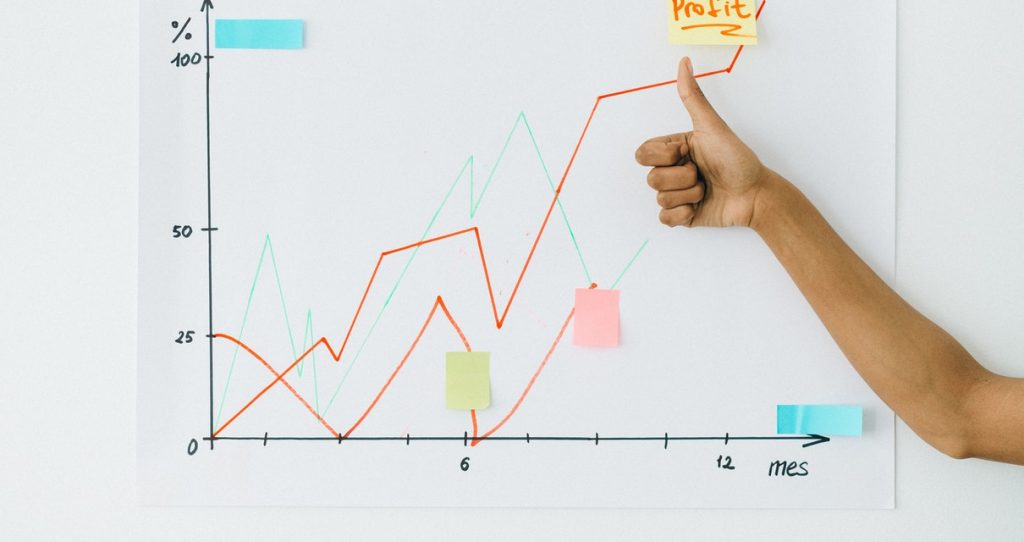
Day traders buy securities when their price is moving up before short-selling them on the same day when their price starts falling. They often buy and sell the same security multiple times throughout the day to take advantage of its movements and profit on its falls.
There’s no limit to the number of day trades you can make. You can enter and exit as many positions as you want during the day.
The key to making a profit is choosing volatile securities. Only if they move around a lot during the day can you capitalize on their price changes.
Many factors can make them bounce around, such as positive and negative news and earnings reports. In addition, market sentiment (investors’ attitude toward particular securities) can also affect price movements.
Day traders often use stop-loss orders and take-profit orders to minimize losses, typically risking no more than 1% of their portfolio on a single trade. Some risk their capital, while others use leverage (capital borrowed from brokers) to increase potential returns, which can amplify potential losses.
Apart from an online broker or trading platform, they need trading software for research, technical analysis, and logging all the trades.
Essential day trading parameters
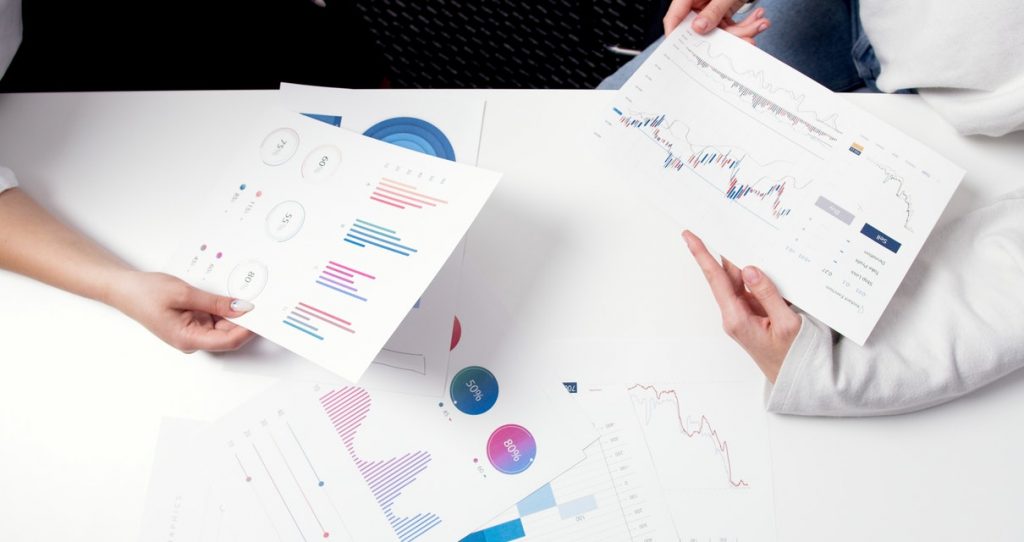
No matter what day trading strategy you use, you need to keep in mind the following parameters:
- Volatility
- Trading volume
- Liquidity.
As previously discussed, day trading can be profitable when buying and selling volatile securities. A higher volatility means more short-term price changes, which can lead to more profits.
A security’s trading volume shows its number of purchases and sales during a specific trading period. A higher volume indicates a higher interest, which increases the price and provides more profit opportunities.
Liquidity is an important parameter to watch for, especially when making multiple-day trades. Liquid securities give you a chance to enter and exit positions without affecting their price significantly. They help you minimize transaction costs as well.
Day trading markets
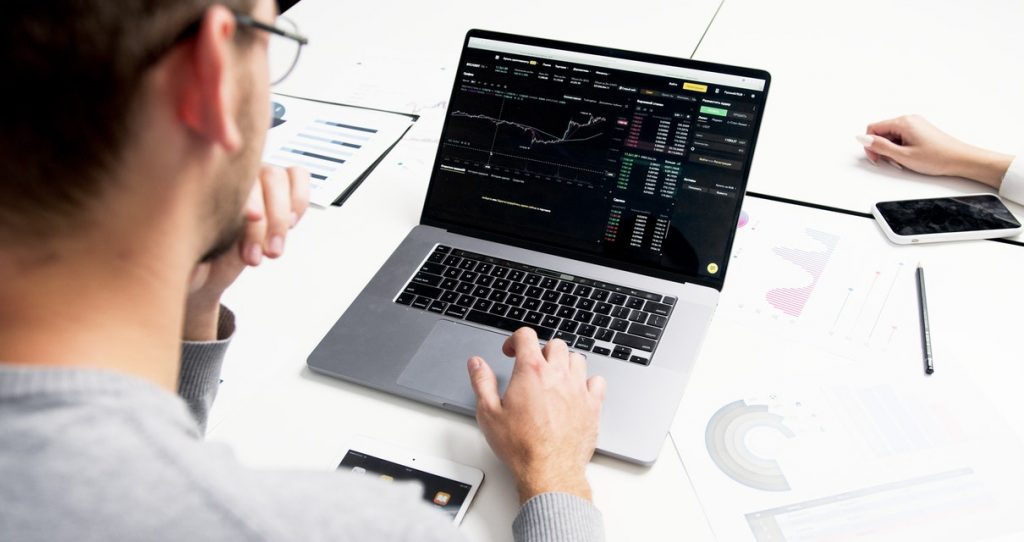
The most popular day trading markets include stock, futures, and forex (Foreign Exchange) markets.
Apart from stocks, futures, and fiat currencies, you can day-trade bonds, options, commodities, ETFs (exchange-traded funds), mutual funds, and cryptocurrencies.
How much starting capital do you need for day trading?

It depends on the market and your chosen broker’s requirements.
The forex market allows you to start with as little as $100, but $500 is a more common practice, while $5,000 might be better for greater returns. In forex day trading, you can use a leverage of up to 100:1.
Some brokers that offer futures require a minimum of $500, while others require deposits between $5,000-$10,000.
Day-trading stocks require the most capital, especially if you’re a pattern day trader (PDT). According to the FINRA (Financial Industry Regulatory Authority), a PDT is someone who executes at least four-day trades in five business days that are greater than 6% of their total trades for that time period.
The FINRA requires PDTs to deposit a minimum of $25,000. In addition, you must maintain $25,000 in equity in your day trading account, which means you must have more funds to trade.
A common practice starts with $30,000 and utilizes up to 4:1 leverage to potentially accumulate up to $120,000.
There’s a 25% maintenance margin requirement as well, which means your equity must not fall below 25% of your securities’ current market value.
Best day trading strategies to use
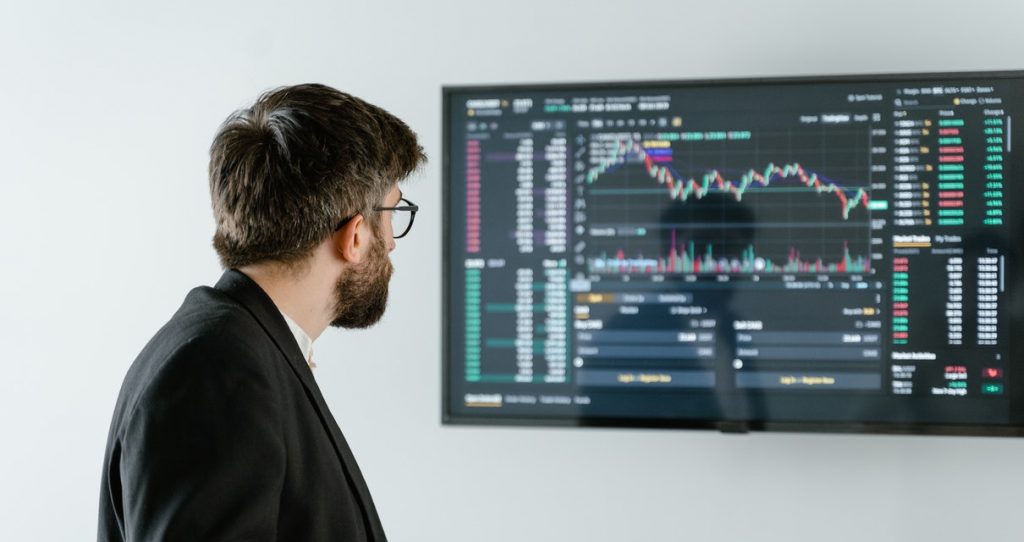
As a day trader, you can use the following day trading strategies:
- Scalping – buying and selling particular security multiple times a day to earn numerous small profits;
- Spread trading – buying and selling related securities simultaneously as a unit to profit on changes in bid-ask prices;
- News-based trading – taking advantage of securities’ temporary mispricing due to certain news and events
- Trend (momentum) trading – identifying trends in moving securities to capitalize on their momentum;
- Fading or contrarian trading – trading against a high-momentum trend, expecting the initial thrust’s impending reversal (a high-risk strategy most suitable for seasoned traders)
- High-frequency trading (HFT) – using technology to automate trading and execute large orders quickly.
Whichever strategy you choose, it’s essential to start small to try it out. Then, once you know it works, stick with it to increase your chances of success.
One of the best things you can do is practice on a demo account before risking real capital. First, you’ll see how different trading strategies work, get familiar with market conditions, and learn about the risk/reward ratio, the win/loss ratio, the win rate, and other vital measures. Then, finally, you’ll learn the ropes and get ready for real-life situations.
Best times of day for day trading
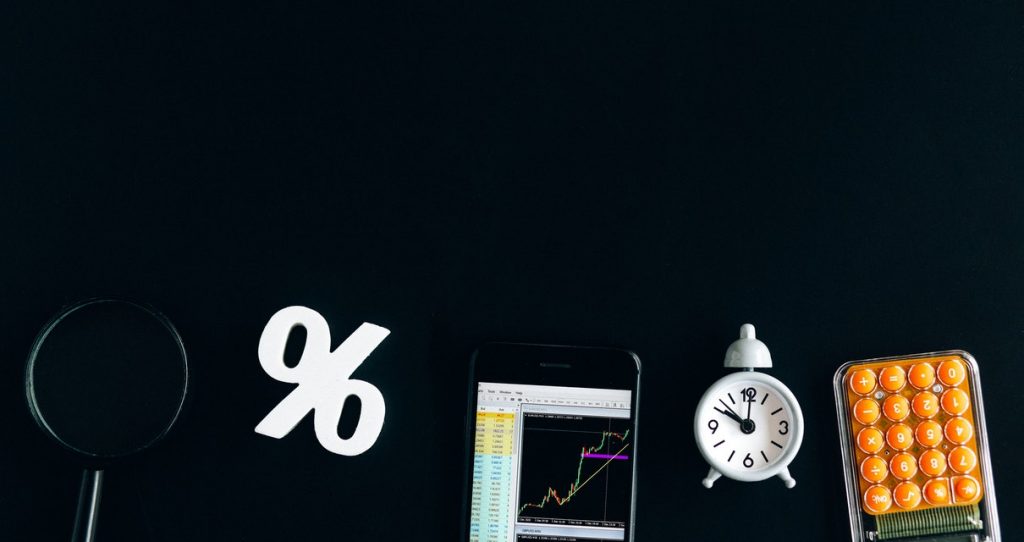
The best day for day trading is the first hour of the market opening (from 9:30 a.m. to 10:30 a.m.) and the last hour before it closes (from 3 p.m to 4 p.m.). That’s when volatility and liquidity are highest, offering ample opportunities for profit.
Many professional day traders continue trading up to 11:30 a.m. if the market keeps offering profitable opportunities.
Final Words
To become a successful day trader, take the time to understand the markets and other securities before picking the right strategy and devising a trading plan. Consider how much capital you can use, research brokerage charges, learn about the tax rates, and practice money management.
When testing a new strategy, start small to see if it works before raising the stakes. Then, don’t go big until you’ve established an effective trading strategy and plan.
Most importantly, implement proper risk management techniques, such as diversifying your portfolio, using stop-loss orders to minimize losses, and being consistent with your risk/reward ratio. If you know how to manage the risk wisely, you’ll open up more opportunities for success and consistent profits.





